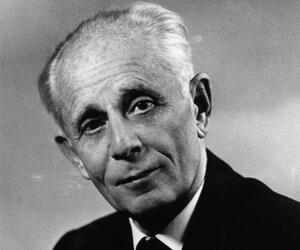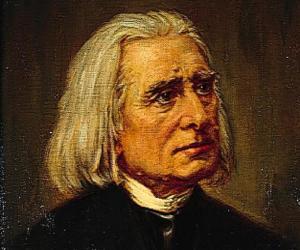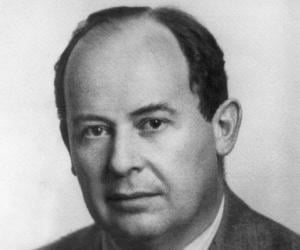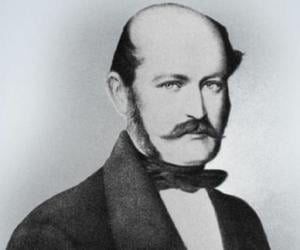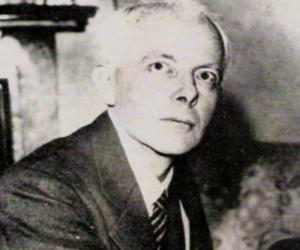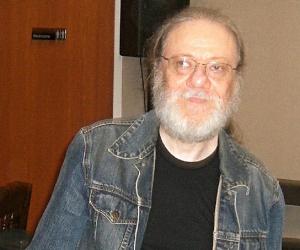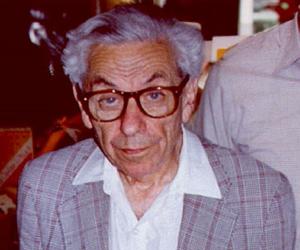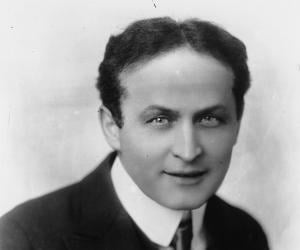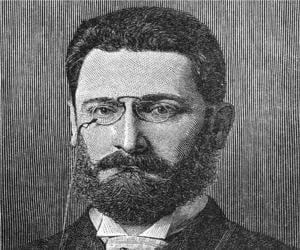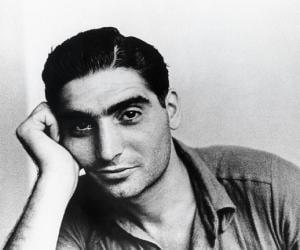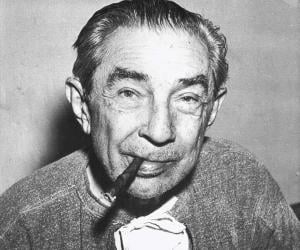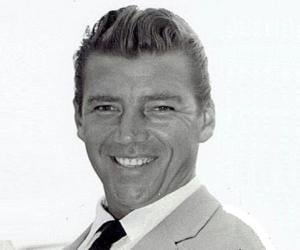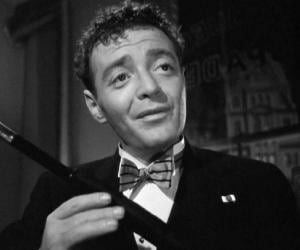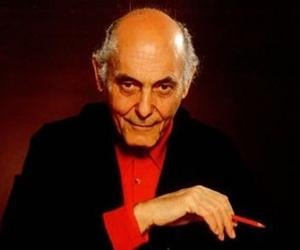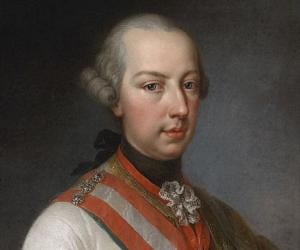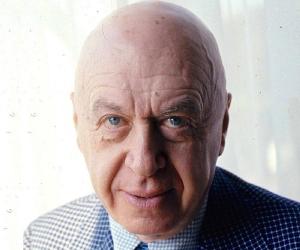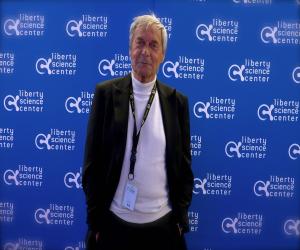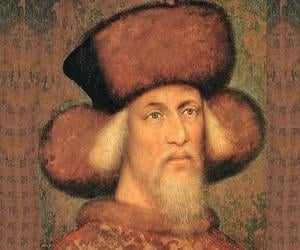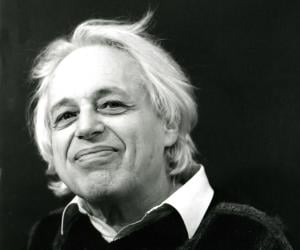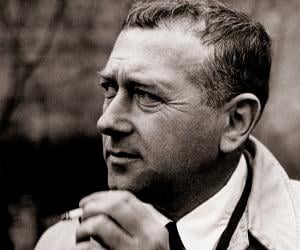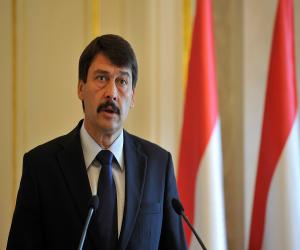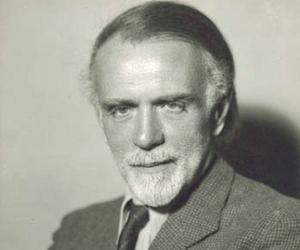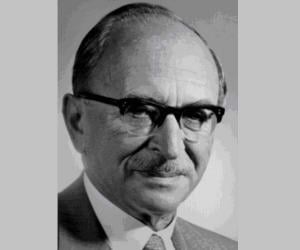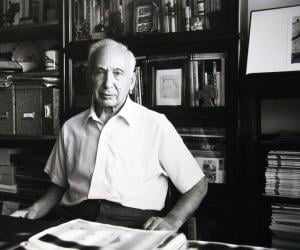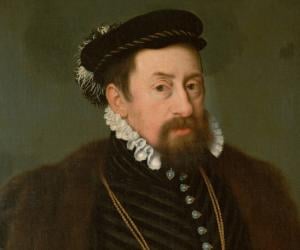Franz Liszt was a Hungarian composer, conductor, arranger, music teacher, and virtuoso pianist of the Romantic era. Considered one of the greatest pianists ever, Liszt's works influenced his contemporaries and successors alike. Perhaps his greatest legacy is his work as a teacher, although his rich body of work might suggest otherwise; he taught people like Karl Klindworth among other pianists.
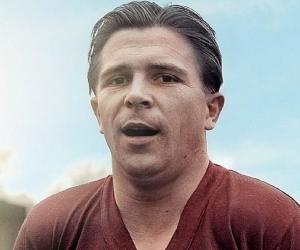
Almost 2 decades before germ theory was laid down, Ignaz Semmelweis became the first physician to suggest that hand-washing could prevent the spread of puerperal fever and related deaths. Ironically, after being ridiculed for his theory, he died in a mental asylum, due to an infection from a wound.
Bela Bartok was a Hungarian pianist, composer, and ethnomusicologist. Widely regarded as one of the 20th century's most prominent composers, Bartok is also counted among Hungary's greatest composers of all time. He is credited with co-founding comparative musicology, which came to be known as ethnomusicology.
Tommy Ramone was a Hungarian-American record producer, musician, and songwriter. For four years, he served as the drummer for the punk rock band the Ramones. The band was often cited as the first true punk rock group and was highly influential. Even though he left the group in the late 1970s, he maintained good relations with his former bandmates.
Hungarian mathematician Paul Erdős spent most of his childhood at home, due to his mother’s overprotectiveness after his sisters died of scarlet fever. Known for his eccentricity, he used his own vocabulary. His contributions include the Ramsey theory, and he skipped many university job offers to continue working independently.
Legendary magician Harry Houdini initially worked as a trapeze artist named “Ehrich, the Prince of the Air” and was later known for his iconic stunt of escaping from handcuffs, at times even under water and while buried alive. He died after a blow to the gut damaged his appendix.
Joseph Pulitzer was a newspaper publisher who became a national figure in the Democratic Party after crusading against corruption and big business. Pulitzer is also credited with founding the Columbia School of Journalism. The world-renowned Pulitzer Prizes, which are awarded annually to reward excellence in various fields, are named in his honor.
Robert Capa was a Hungarian-American photojournalist and war photographer. Regarded as the greatest adventure and combat photographer of all time, Robert Capa is best remembered for covering five major wars, namely Second Sino-Japanese War, Spanish Civil War, World War II, First Indochina War, and the 1948 Arab–Israeli War. In 1947, he was honored with the prestigious Medal of Freedom.
Georg Solti was an operatic and orchestral conductor. He is best remembered for his association with opera companies in London, Frankfurt, and Munich. He also worked with the popular Chicago Symphony Orchestra where he served as a music director for a long time. Solti became the subject of a 1987 biographical TV documentary titled This Is Your Life.
Joseph II reigned as the Holy Roman Emperor from 1765, and as the sole ruler of the Habsburg lands from 1780, until 1790. Son of Empress Maria Theresa and Emperor Francis I, and brother of Marie Antoinette, he laid down policies now known as Josephinism. He died without heirs.
While he initially wished to follow in his prosecutor father’s footsteps to be a lawyer, Otto Preminger later discovered his love for theater. A master stage director, he later signed with Fox as one of its first independent filmmakers. He soared to fame with the 1944 film Laura.
A professor of design and architecture, Erno Rubik is the man behind the Rubik’s Cube. The Hungarian inventor himself took a month to solve his Rubik’s Cube puzzle, before marketing it worldwide as a popular game. He later also invented Rubik’s Magic and now promotes problem solving and mathematics.
Sigismund, Holy Roman Emperor reigned as the king of Hungary and Croatia from 1387 to 1437. He also served as the king of Germany, king of Bohemia, king of Italy, and emperor of the Romans. Sigismund is best remembered for playing a key role in bringing about the Council of Constance, which ended the Papal Schism.
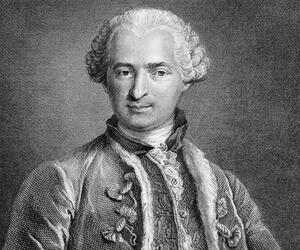
Known as The Wonderman, 18th-century French adventurer Comte de Saint-Germain was also a talented musician, especially skilled in the violin, and a well-known chemist. Not only was he proficient in almost all European languages, he had traveled to places such as Russia, the Dutch Republic, and Germany.
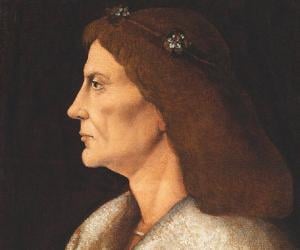
The second son of military leader János Hunyadi, Matthias Corvinus ruled as the king of Hungary and Croatia in the 15th century. He introduced several financial and other administrative reforms to reunite Hungary after a long period of anarchy. He also established the Black Army of Hungary and patronized the arts and sciences.
Being a descendant of violinist Leopold Auer, Hungarian-Austrian composer Gyorgy Ligeti was no stranger to music in childhood. He lost his entire family, except his mother, to the Holocaust, but that didn’t prevent him from studying music later. He rose to be a legend of avant-garde music.
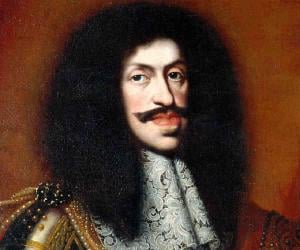
Second son of Emperor Ferdinand III, Leopold I became the heir apparent to his father’s throne on the death of his elder brother in 1654, being coroneted as the Holy Roman Emperor in 1658. Although he received little training for the throne, Austria became a great European power during his reign, emerging victorious in struggles against Ottoman Empire and France.
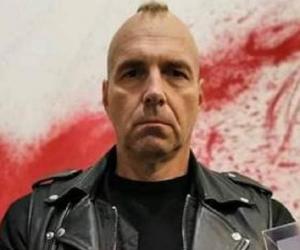
Starting his music career with the Hungarian metal band Tormentor, Attila Csihar also worked with the Norwegian black metal band Mayhem after the suicide of its lead vocalist. Not known to many, the black metal vocalist is an electrical engineer and has also taught math and physics before venturing into music.
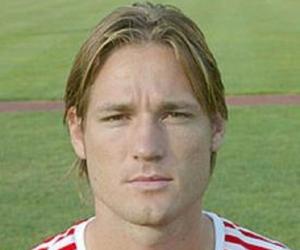
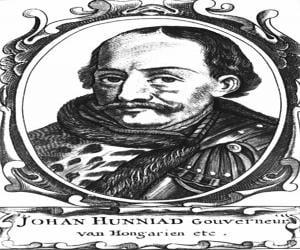
Transylvania-born Hungarian military general John Hunyadi had also been the country’s governor. Remembered for his role in the battles of Kosovo and Varna, he eventually succumbed to a plague outbreak, though he went down in history for his valiant exploits against the Turks and is now a legend even in Romania and Bulgaria.
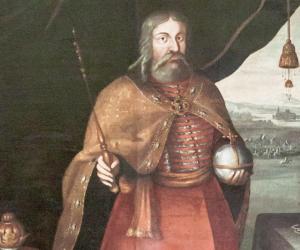
A legendary figure in Hungarian history, Stephen I was the first king of Hungary. Part of the Árpád dynasty and son of Magyar chief Géza, Stephen was born a Pagan but was later baptized as a Christian. He built many monasteries, encouraged trade, and maintained peace in his kingdom.
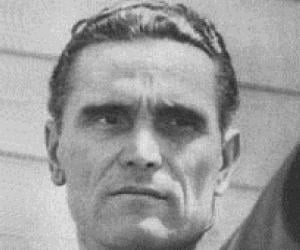
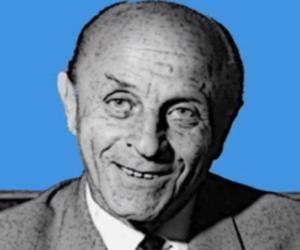
Starting his career as a journalist, László Bíró also tried his hand at Surrealist painting in his early days. Trying to come up with a writing device that would use a fast-drying ink type, he invented the ballpoint pen. Invited by the Argentine government, he set up his pen manufacturing company there.
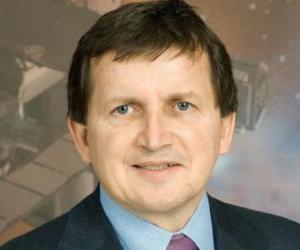
A Stanford PhD, Charles Simonyi initially worked on one of the world’s first computers for Xerox. He is best known for developing Microsoft Office. Though he launched his own firm, Intentional Software, he later sold it to Microsoft. Part of the Forbes Billionaires 2021 list, he also donates extensively to educational charitable causes.
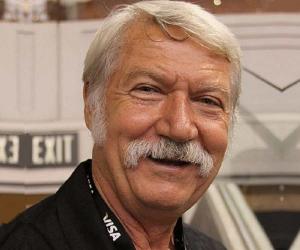
Bela Karolyi is a prominent gymnastics coach who developed the Romanian centralized training system for gymnastics. His wife, Márta Károlyi, is also a gymnastics coach and together they have trained numerous Olympic, European, and World champions. The couple has been credited with transforming gymnastic coaching in USA. Many gymnasts have called him out for his abusive coaching style.
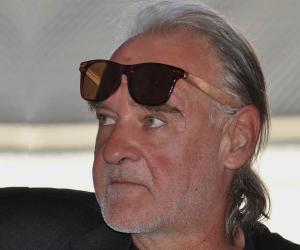
Legendary Hungarian filmmaker Béla Tarr initially relied on cinema verité to portray the lives of ordinary people in his films. He later gained international fame with iconic films such as Sátántangó and even launched a film school in Sarajevo. He is also known for his signature long takes and long-running movies.
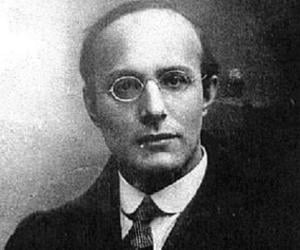
Apart from being a political economist, Karl Polanyi was also a prominent Hungarian political leader. The Great Transformation remains his best-known work. He taught at institutes such as the Columbia University and is known for proposing the idea of a cultural version of economics known as substantivism.
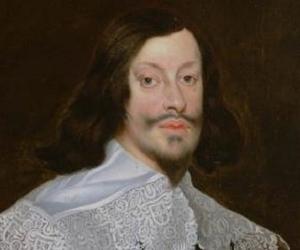
Holy Roman Emperor Ferdinand III is largely held responsible for ending the Thirty Years’ War in 1648 with 2 peace treaties known as the Peace of Westphalia. He also conspired against Generalissimo Albrecht von Wallenstein when he was denied control of the imperial army. He was also instrumental in the Peace of Prague.
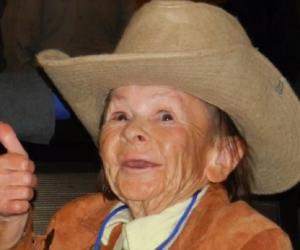
Known for his 2’9” frame, Mihaly “Michu” Meszaros initially gained fame in the Hungarian National Circus and later as part of the Ringling Brothers and Barnum & Bailey Circus. He is best remembered for his portrayal of an alien, wearing a full-body costume, in the NBC series ALF.
Hungarian president János Áder was born in the small town Csorna and is a qualified lawyer. His first step into politics was as a law expert of the liberal-democratic party Fidesz. He has previously been the Speaker of the National Assembly. The father of four is married to a judge.
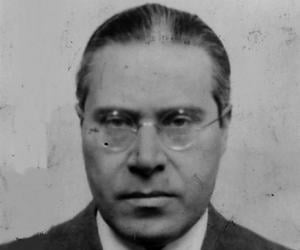
Hungarian artist László Moholy-Nagy was known for his non-representational art and his love for constructivism. Though he initially studied law, he later experimented with many forms of art, such as painting, sculpting, and photography. He also taught at the Bauhaus school of avant-garde design and co-edited the Bauhausbook series.
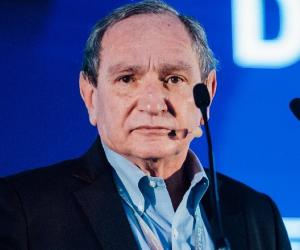
A renowned international affairs strategist and geopolitical forecaster, George Friedman is also a New York Times bestselling author, having penned works such as The Storm Before the Calm and The Next 100 Years. He has also headed Stratfor as its CEO and has worked with various US military and government organizations.
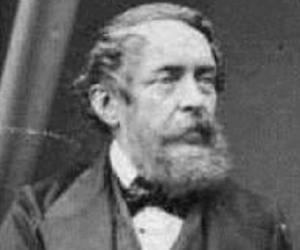
Born into a noble family, Lajos Kossuth grew up to be one of his country’s greatest political reformers. He initially followed in his father’s footsteps to become a lawyer and later entered national politics to become the governor-president of Hungary. He is remembered for his role in the Hungarian Revolution.

Hungarian composer and folk music legend Zoltan Kodaly pioneered what is known as the Kodály method of music education. His style reflected a fusion of Hungarian, Italian, and French tunes. His music originated from years of research on folk music in Hungarian villages, leading to his thesis on the same.
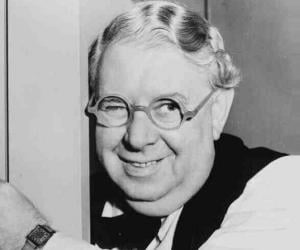
Renowned character actor S. Z. Sakall lost all of his 3 sisters in Nazi concentration camps. A talented stage actor in both Austria and Germany, he later gained international fame with his roles in movies such as Casablanca and Ball of Fire. He earned the nickname Cuddles for his affable appearance.
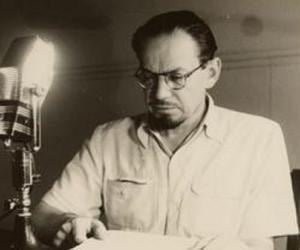
Austro-Hungarian journalist Leopold Weiss was a descendant of rabbis and ran away from home in his teens, taking up odd jobs, before finally becoming a journalist in Germany. His work took him to the Middle East, where he converted to Islam and adopted the name Muhammad Asad.
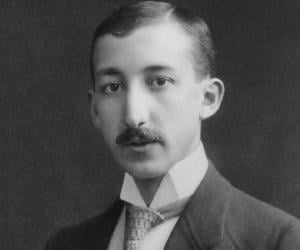
Nobel Prize-winning Hungarian-Swedish chemist George de Hevesy is best remembered for his research on isotopic tracer techniques to study animal metabolism. He is also credited with co-discovering the element hafnium with physicist Dirk Coster. He fled the Nazi regime and moved first to Denmark and then to Sweden.
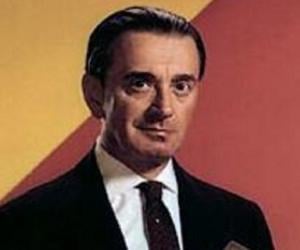
Born in Hungary, Miklós Rózsa was a music prodigy and learned to play the violin at age 5. After studying music in Germany, he pursued his music career in France, the UK, and the US. He is remembered for his Academy Award-winning scores in movies such as Ben-Hur and Spellbound.
Dennis Gabor was a Hungarian-British physicist and electrical engineer best remembered for inventing holography. His invention earned him the prestigious Nobel Prize in Physics in 1971. Gabor won several awards during his lifetime. After his demise, many awards are given in his honor. The Dennis Gabor Award and Gabor Medal are some of the awards that are named after him.
Andre Kertesz was a photographer known for his immense contribution to photo essay and photographic composition. Although his style and camera angles, which were considered unorthodox at the time, stopped him from achieving international acclaim during his lifetime, Kertesz is now regarded as one of the most influential figures in the field of photojournalism.
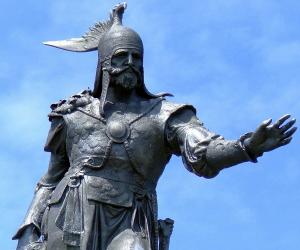
Maximilian II was the Holy Roman Emperor from 1564 until his death in 1576. A member of the Austrian House of Habsburg, he was the eldest son of the Habsburg archduke Ferdinand I and Anne of Bohemia and Hungary. He was the nephew of Emperor Charles V. As the king, he adopted a policy of religious neutrality.
